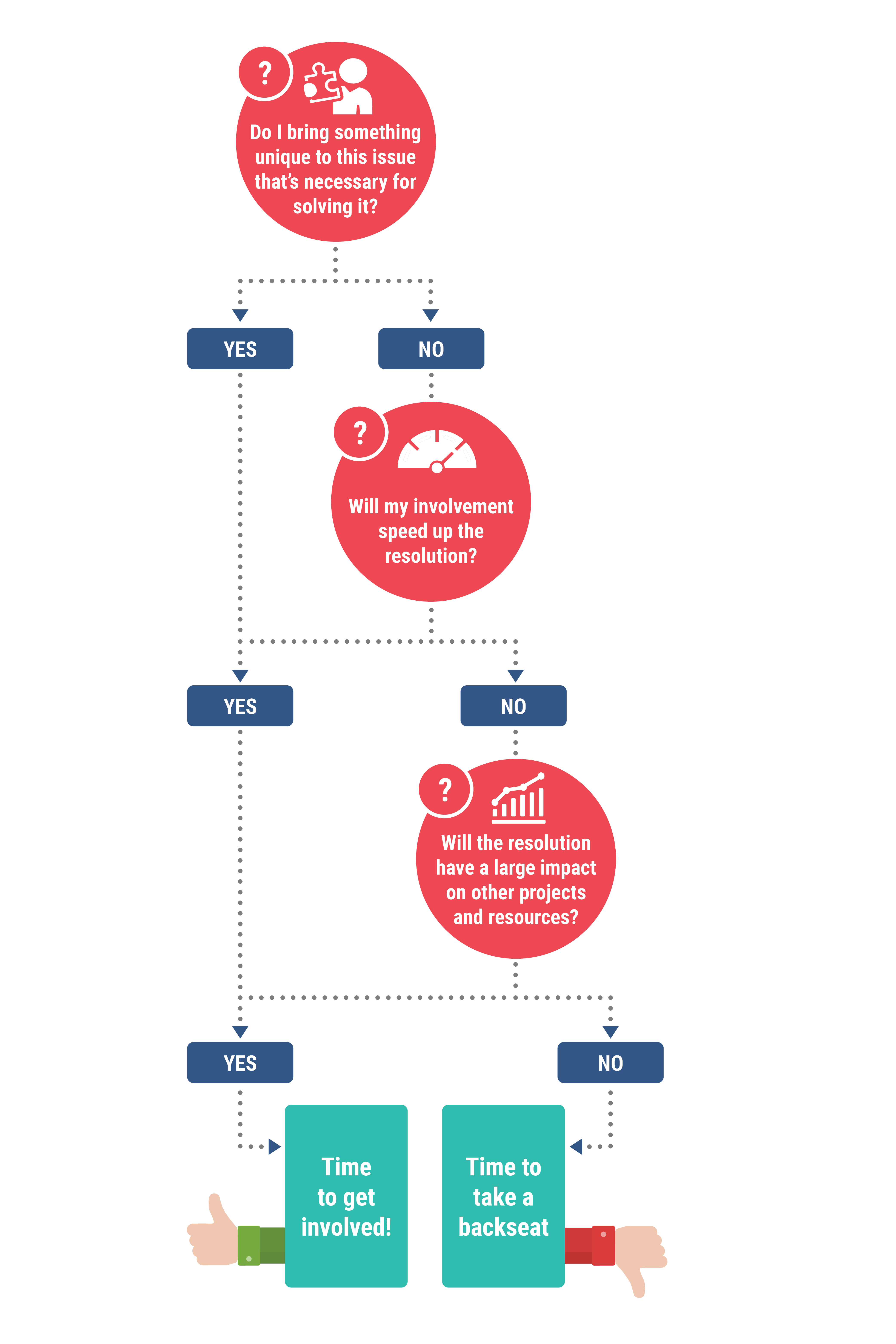Trust is necessary for every successful relationship both personal and professional, but trust can be a tricky thing to build. Building trust in medium to large organizations has some unique challenges. You not only need to build trust on an individual level, but also on a team or department level. One of the biggest gaps in organizations is the lack of trust between project teams and PMO leaders and upper management. Project teams can be so far removed from PMO leaders and upper management that there might not be any type of connection or communication. To build a connected organization that thrives under pressure and adapts to seize new opportunities, you’ll need to build trust across the whole organization. Before you start practicing trust falls with your teams, consider these three ways trust can be built.
Communication Is Key, But You’ve Got to Get It Right
We all know how important communication is for any relationship, but it’s more than just talking or sending emails. Organizations need to have effective communication to build trust between teams and departments. But what exactly is effective communication? The tricky part is what works for one organization might not work for another. This means you’ll have to figure out what’s effective with a little trial and error. To figure out what effective communication looks like in your organization, ask yourself these questions:
- What information needs to be communicated?
- What information doesn’t need to be communicated, but is nice to share?
- What method am I using to communicate?
- How often should I communicate?
Answering the first two questions isn’t difficult. Information that needs to be communicated includes things like company goals, companywide changes to strategy and decisions on the company’s future plans. Information that’s not critical but helps keep people informed and in touch can include information about other teams and departments like the achievement of a milestone, development of a new product feature or changes in roles.
Answering the latter two questions is where you become an effective communicator. First, there are many methods you can use to communicate. You can share information verbally in meetings, send out company newsletters or have information passed down the chain of command. Ask yourself which method is right for the piece of information you’re communicating. Changes to a company’s five-year plan are at least a company-wide email or maybe a company-wide meeting, while small product releases might be better suited for a monthly company newsletter. Finally, you need to consider how often you should communicate because people can quickly become fatigued from a deluge of emails or constant meetings. No matter how effective of a communicator you are, if people don’t want to receive your message, it’s not going to work.
Update Your Open-Door Policy
Most of us are familiar with the concept of an open-door policy in business. It’s a simple, yet effective communication policy where leaders in an organization welcome anyone to approach them to discuss issues or concerns. This is a great policy, but most organizations don’t take it far enough. An open invitation for transparency is great, but it can be difficult for individuals to feel comfortable using this policy. Walking into the office of a superior with whom you don’t have much of a working relationship to share an issue you’re having can be nerve-wracking. To help people feel more comfortable bringing up concerns, there are two easy things you can implement:

- Regular meetings between PMO leaders (or other leaders) and project teams or project managers to connect, share and present any current issues Processes that help guide individuals through communication
- Processes that help guide individuals through communication
Meetings and processes don’t sound that enticing at first but consider how these things can have an impact on building trust in your organization. First, regular meetings between teams or individuals and leaders are an easy way for people to voice concerns. They no longer have to walk into someone’s office and ask for an ad hoc meeting because they already have a time and place to voice concerns. This technique can be used at every level in your organization. Individual team members can meet with team leads, team leads or department heads can meet with PMO leaders or program managers can meet with decision-makers. Second, processes for things like new project ideas or issue escalation can greatly facilitate communication. Processes give people a roadmap for how things work. They can feel a little more confident knowing what happens when they submit an idea or escalate an issue which makes them more likely to do so.
Know When You’re Helping and When You’re Micromanaging
There’s a very delicate balance between providing help and micromanaging. It’s understandable to want to be involved in solving problems, particularly if it falls under your umbrella of accountability. However, if you’re involved in every particular issue that arises in the day-to-day operations of projects, it can be overbearing and condescending. If you’re struggling to figure out when you should insert yourself and when you should leave the issue to be resolved by teams, try asking yourself these three questions:

These questions are a great litmus test for when you should get involved. The first question aims to determine if there are already people involved with the issue that have the same abilities as you to solve the problem. If you bring something unique to the situation that is needed for solving it, then you should be involved. You should also ask yourself if you can help get a resolution more quickly or if being involved would slow it down. It’s important for organizations to resolve issues quickly before they begin impacting other projects, budgets and resources, so make sure involvement supports this. Finally, if the resolution to the issue would have a large impact on other projects and resources, then you should be involved to ensure the resolution doesn’t cause additional issues.
Building Trust Takes Time
Building trust in your organization between project teams and upper management is a continuing task. It will take time to build trust and to maintain it, but when project teams know you’re dedicated to building trust, they’ll start to do their part too. If you’d like to know more about building a connected organization, check out our recent blog post to learn how PMOs are uniquely suited to start building connections.
Read Next

Data Quality: The Achilles Heel of Project Portfolio Management



